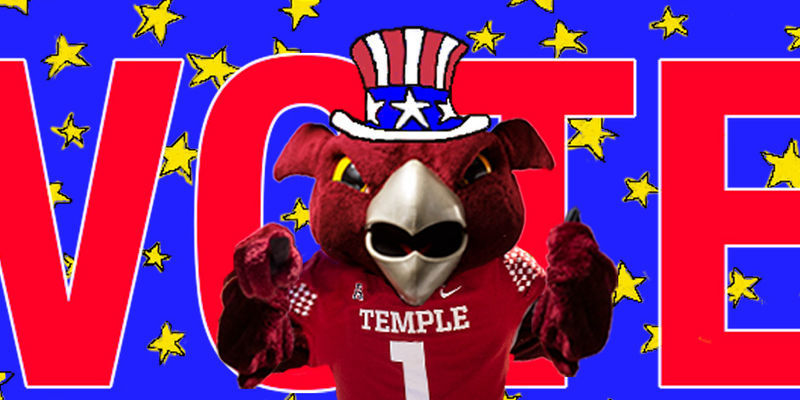Is it biased for a newspaper to endorse a candidate? Journalism professor says no
Decisions by The Washington Post and Los Angeles Times to forgo a presidential endorsement have sparked outcries and subscriber losses. So, why do newspapers still endorse candidates today, and why is it a big deal when they don’t?

The Washington Post and Los Angeles Times shocked readers and made headlines last week by announcing they won’t be endorsing a candidate in the upcoming presidential election. The fallout from their decisions was swift: The Washington Post lost more than 250,000 subscribers, and LA Times editorials editor announced her resignation from the paper.
For the Post, this marks the first time since 1988 that it has skipped a presidential endorsement. Some are questioning why the paper bucked its longstanding tradition, while others wonder why newspapers endorse political candidates at all. From their partisan, party-controlled beginnings to their current form, newspapers have long participated in American democracy through endorsements.
To understand the history of endorsements, why they matter and why endorsements aren’t a sign of a newspaper’s political bias, Temple Now caught up with David Mindich, professor of journalism at the Klein College of Media and Communication. Mindich is a former assignment editor for CNN and an expert on the history of endorsements dating back to their inception in the 1800s. His expertise on the subject flows from his first book, called Just the Facts: How “Objectivity” Came to Define American Journalism.
Temple Now: Why do newspapers endorse political candidates?
David Mindich: Before the 1830s, newspapers were owned and operated by political parties. In this so-called partisan press era, newspapers would reliably endorse the candidates of their own party. But because these newspapers were partisan, their endorsements could be discounted.
After the commercial press in the United States was born in the 1830s, newspapers started to become independent. The leading newspaper of the so-called penny press era was the New York Herald, run by an editor named James Gordon Bennett. From the inception of his paper to the American Civil War, Bennett endorsed candidates from both major parties. Endorsements became a regular feature of independent American newspapers.
TN: There is a lot of buzz around The Washington Post and LA Times not endorsing Kamala Harris or Donald Trump in the upcoming presidential election. Why is it a big deal when a newspaper chooses not to endorse a candidate?
DM: While many newspaper journalists seek to hide their political preferences in order to seem nonpartisan, their newspapers typically endorse candidates after a careful analysis of their strengths and weaknesses.
In 2016, nearly every newspaper in America endorsed Hillary Clinton. Obviously, the endorsements of Clinton did not lead to her victory, but it was a reflection of a widespread belief that Trump was unfit for office. One of the reasons for the current outcry against The Washington Post and Los Angeles Times is that many Americans, including many journalists, see Donald Trump as a singular existential threat.
TN: Is a political endorsement a sign of bias?
DM: Political endorsements are not a sign of bias, because newspapers have a clear wall separating their news divisions and their editorials. Newspapers like The New York Times and The Wall Street Journal will write stories that are nonpartisan—they seek to offer an unbiased report. Although true objectivity is impossible, newspapers see it as a guiding North Star. Editorials, on the other hand, seek to offer an opinion. So, while the left-of-center New York Times and the right-of-center Wall Street Journal each write unbiased news stories, their editorial pages can look radically different.


